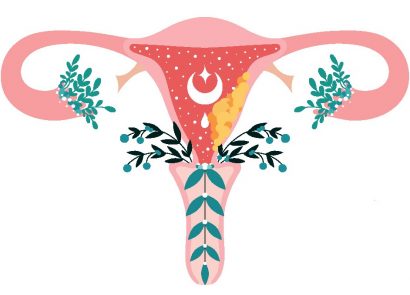Try… a breathing exercise
“Calm your busy mind by focusing on your breath,” says Stuart Sandeman, transformational breath coach and founder of breathpod.me. “You can use the breath to move your autonomic system into what’s called the parasympathetic state. Also known as the rest and digest response, this prepares the body for sleep and can be triggered by slowing breathing down and increasing the length of your exhale.”
Try Stuart’s easy breathing exercise:
1. Inhale through your nose for a count of four, exhale for a count of eight.
2. Inhale through your nose for a count of five, exhale for a count of 10.
3. Inhale through your nose for a count of six, exhale for a count of 12.
4. Inhale through your nose for a count of seven, exhale for a count of 14.
Try… massage
“Hormones play a vital role in our sleep patterns and massage is an excellent way to positively influence these while helping to soothe the soul and calm the nerves, ensuring you get a peaceful night’s rest,” explains Beata Aleksandrowicz, massage expert and creator of the Pure Massage SpaTraining Method (puremassage.com).
Beata recommends these exercises:
Massage your feet.
Sit on the edge of the bed and rest your left foot on your right knee. Use foot cream or body lotion to slowly massage your feet. Pay attention to the sole of your feet and make circles with your thumb along different points of your sole. Take your time. Breathe. Change foot.
Massage your hands.
Using some lotion, massage the top of your hand and then turn your palm up and, using the thumb, circle your palm along different points. Stretch your palm slightly at the same time. Make sure that you do it slowly while breathing all the time.
Massage your neck.
Sit down and, using the fingers of both hands, massage the back of your neck along the line of your skull, starting from the middle out towards the back of your ears. Breathe with every stroke and feel the tension released. Do this with purpose, focusing on each breath.
Try… mindfulness
“One of the most important things when it comes to sleeping is to keep the mind in a relaxed state,” says Dr Audrey Tang, chartered psychologist and author of The Leader’s Guide to Mindfulness (FT Publishing, £14.99). Use Dr Audrey’s body scan technique when you still feel wide awake past bedtime.
- Start with some deep breaths to centre yourself – breathe in for three, hold for two and breathe out for five. As you do this, if other thoughts pop by, either write them down if they are important, or acknowledge them and let them pass – return to your breathing.
- Imagine that a warm ray of sun is relaxing your feet. Repeat the words ‘breathe and relax’ as you stretch then relax your feet. Then, the ray moves and warms your legs. Focus next on your hips, and then torso – again think ‘breathe and relax’ and enjoy the sensation. Move the warmth to your shoulders down your arms to the tips of your fingers, and finally your neck and the top of your head, then continue to enjoy breathing calmly.
- You may wish to play sounds, such as a forest noises, or waves, while you do this.
Try… yoga
“These two poses directly access your body’s parasympathetic nervous system, which encourages relaxation and better sleep when the body has prioritised action over rest through over-stimulation,” says yoga teacher Anna McColl (yogawanders.com).
Viparita karani – (legs up the wall pose)
This soothes your nervous system by initiating the relaxation response. Simply lie down and rest your legs up against a wall for 10-15 minutes, with your eyes closed, breathing softly.
Balasana (child’s resting pose)
Kneel on the floor with your knees wide, take your pelvis back toward the heels and let your chest and head move towards the earth, with your arms extended forward. This pose releases tension and promotes mental solace.




















